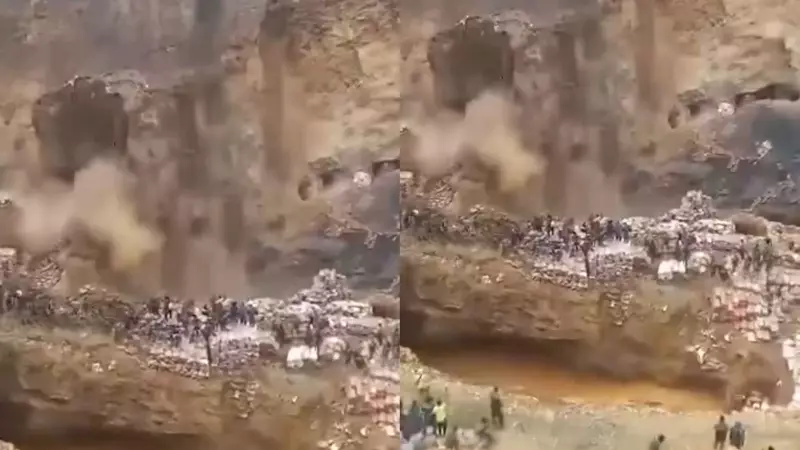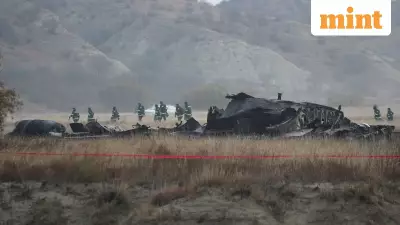
A devastating mining accident has claimed the lives of more than thirty people in the Democratic Republic of Congo, casting a spotlight on the perilous conditions faced by artisanal miners in the resource-rich nation. The tragedy unfolded when a copper mine collapsed in the southern city of Kolwezi, burying workers under tons of earth and rock.
The Kolwezi Mining Catastrophe: What Happened?
The catastrophic incident occurred on Thursday, June 27, 2024, at the KOV open-pit mine located in the Lualaba Province. According to official statements from local authorities, the disaster struck when a large section of the mine's walls gave way, triggering a massive landslide that engulfed numerous artisanal miners who were working at the site.
Local officials confirmed the grim toll, with initial reports indicating at least 30 fatalities. The death count remained fluid as rescue operations continued, with fears that the final number could rise significantly. The mine is situated in one of Congo's most important copper-producing regions, highlighting the dangerous reality behind the country's mineral wealth.
Artisanal Mining: A Deadly Occupation in DRC
This tragedy underscores the extreme risks faced by artisanal miners in the Democratic Republic of Congo. These informal miners, often working with minimal safety equipment and without proper oversight, frequently venture into unstable mining sites in search of copper and cobalt, two minerals that have made DRC a global mining powerhouse.
The KOV mine where the disaster occurred is part of a larger mining complex that has seen similar incidents in the past. Artisanal miners typically operate without formal authorization or safety protocols, making them particularly vulnerable to accidents like landslides, tunnel collapses, and equipment failures.
Local government officials expressed profound sorrow over the incident while acknowledging the persistent challenges in regulating artisanal mining activities. The practice, though dangerous, provides livelihoods for thousands of Congolese families who have few alternative employment options in the mineral-rich but economically struggling region.
Broader Implications for Congo's Mining Industry
This latest mining disaster raises urgent questions about safety standards and regulatory enforcement in Congo's extensive mining sector. The country is the world's largest producer of cobalt and Africa's leading copper producer, yet frequent accidents demonstrate the human cost of this mineral wealth.
The tragedy in Kolwezi represents one of the deadliest mining accidents in recent Congolese history, though certainly not an isolated incident. Previous years have seen similar catastrophes claim dozens of lives, prompting calls for reform that have largely gone unheeded.
Rescue efforts continued through Friday as emergency workers and local volunteers worked against time to locate possible survivors. The difficult terrain and unstable ground conditions hampered operations, with officials warning that the recovery process would be slow and dangerous.
As families mourn their loved ones and the community grapples with the scale of the loss, this disaster serves as a stark reminder of the urgent need for improved safety measures and better regulation of artisanal mining operations across the Democratic Republic of Congo.





